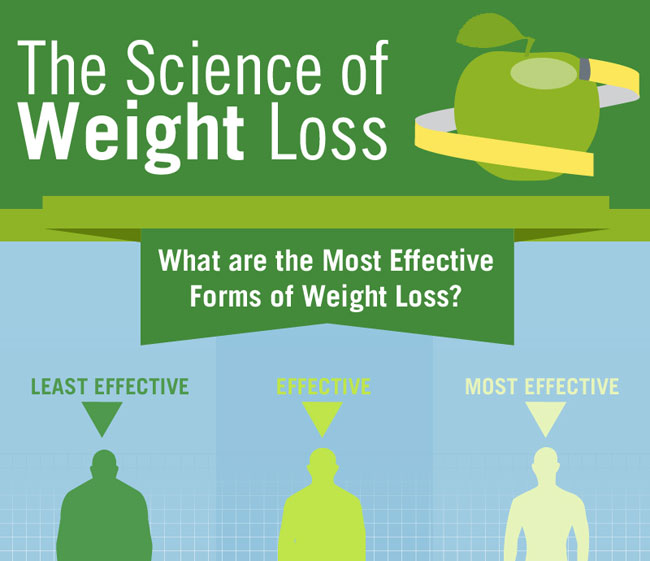Hawthorne Cold Laser Therapy Services At Clinics
Hawthorne Cold Laser Therapy Services At Clinics
Blog Article
Scientific Research Study on the Effectiveness of Cold Laser Technique
Cold laser treatment is a helpful device to aid hurting management and the recovery process. It is commonly used in sporting activities medicine, dermatology and acupuncture.
Cold lasers pass through deep into cells and promote chemical changes without warming them. They decrease swelling and swelling, speed mobile task and accelerate recovery.
Theoretical History
Unlike the high-intensity lasers that surgeons usage to cut through cells, cold laser treatment uses light-emitting diodes to penetrate right into your skin and advertise healing. As these photons get to damaged tissues, they launch a chain reaction that increases your cells' manufacturing of enzymes and accelerates your body's natural healing processes.
The photons also reduce pain via the manufacturing of endorphins and raise your body's capacity to drain swollen areas by generating vasodilation (the growth of blood vessels). Consequently, it helps you recover from bone and joint injuries and discomfort faster.
Lots of people have heard about cool laser treatment from their physical therapist, chiropractic doctor or doctor and may be asking yourself how it functions. Unlike most laser gadgets made use of in the medical area, which actually warm up cells, our advanced tools releases cool laser beam that don't create any heating of your cells. This allows your body to get the healing benefits without activating any negative effects.
Scientific Tests
Cold laser therapy is commonly advised as a treatment choice for people who have bone and joint discomfort and injuries. It can be utilized to reduce swelling, reinforce tissues and increase the body's all-natural healing procedures.
Non-thermal photons of red and infrared laser radiation are absorbed by the light sensitive components in cells and launch a rise in intracellular metabolism that enhances cell recreation, lowers inflammation, gets rid of edema and reduces recovery time.
Unlike the light that is generated by sunlight or conventional lights, laser light is identical (all wavelengths traveling parallel), systematic and monochromatic. These residential or commercial properties enable laser power to pass through much deeper right into the cells.
Numerous clinical trials have shown that LLLT can be effective in decreasing discomfort in the bone and joint system. However, even more properly designed researches are required to review the laser ear hair removal near me optimum setups for laser irradiation and to establish its effectiveness in specific conditions, such as oral mucositis in cancer patients receiving radiation treatment or radiotherapy, and injury recovery (consisting of diabetic ulcers following hammertoe surgery). This Aetna policy bulletin does not address other uses LLLT, consisting of the therapy of numerous skin diseases.
Verdicts
Unlike medical lasers that can damage lumps or coagulate cells, chilly laser therapy does not heat the body's cells. Instead, the light boosts your cells to generate adenosine triphosphate, which quickens the fixing procedure of hurt tissues.
Aetna thinks about low-level laser (LLL) treatment clinically essential for the avoidance of dental mucositis related to cancer cells treatment (chemotherapy, radiation therapy, hematopoietic stem cell transplantation) and non-cancer treatments (such as radiodermal injury, fibromyalgia). Several studies showed that LLT can be efficient in decreasing PU signs without unfavorable effects. However, distinctions in research study styles and laser dosimetry made comparison of the outcomes hard; RCTs with low danger of prejudice are required. The use of a 660 nm wavelength and higher power density appears to be more reliable than the various other studied laser wavelengths. This could be because the various other wavelengths might stimulate inflammatory procedures and trigger more negative effects. The impact of the type of laser made use of is likewise crucial; the authors recommend that future research concentrate on examining different types of lasers and their dosages to identify the optimal mix of laser parameters for PU avoidance.
Suggestions
Cold laser therapy is made use of by dental experts to treat inflamed periodontal tissue, medical professionals to alleviate pain caused by rheumatoid joint inflammation, and physical therapists to speed up the recovery of muscle mass, tendon, and tendon injuries. Numerous medical insurance policy strategies cover this treatment.
Unlike warm lasers, which have a thermal effect on cells, cold lasers (additionally called low-level lasers) stimulate the mobile energy of the skin. Photons from the laser light pass through into the cell, causing a series of chemical changes that promotes regrowth and reduces inflammation.
In order to work, lasers should be effectively configuration and made use of. This is why it is not recommended to get a low-cost over-the-counter laser gadget and attempt to treat yourself in the house. A qualified expert is required to make sure that the device is utilized appropriately to minimize the danger of eye injury and optimize its performance. The laser device need to be adjusted to the proper setup, strength, regularity, and setting of the laser on the treatment area.